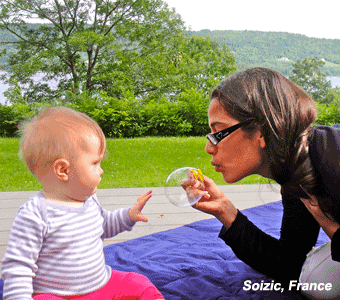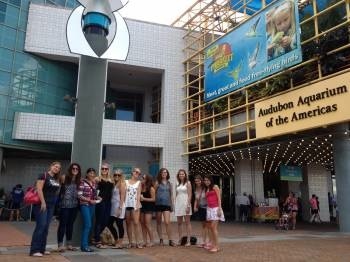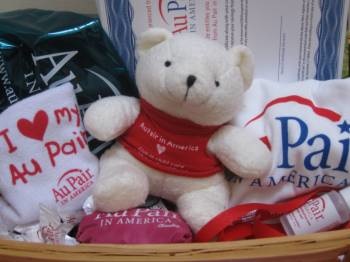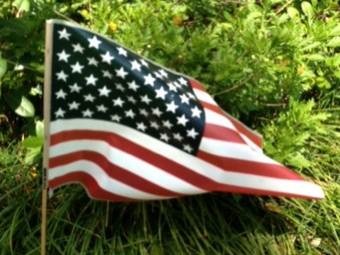Information Document – I-94 card
A new automated arrival/departure process for foreign visitors (au pairs) involving the I-94 card has been implemented at all air and sea ports of entry.
What is the I-94 card?
The I-94 card was formerly a paper document stapled into an au pair’s passport used as evidence of a non-immigrant’s lawful admission to the United States and to document legal status while in the United States for the length of her approved stay. See below for an example.
What is the new process?
- · Creation of an electronic arrival I-94 record during admission process at air or sea ports of entry.
- · No more paper I-94 card issued.
- · CBP official (Customs and Border Control) will scan passport, creating an electronic I-94 record using the name appearing on the J-1 visa in the passport.
- · CBP official will place a stamp in the au pair’s passport indicating date of admission, class of admission (J-1) and the date that the traveler is admitted until (D/S).
- · DS 2019 form will no longer be stamped at immigration. Only the passport will be stamped.
- · Au pairs will receive an information sheet telling them how they can access their I-94 card information online (www.cbp.gov/I94). I-94 card information will immediately be uploaded to the immigration database. No more waiting time. Information from the electronic I-94 will be available no more than 24 hours after the au pair’s arrival in the U.S. Au pairs can go to CBP website (www.cbp.gov/I94) to print down a paper document showing their I-94 card number or access their I-94 card number which can be used for social security cards, I-9 verification form and driver’s licenses.
CBP official will stamp and annotate the au pair’s passport with the date of admission, class of admission (J-1) and admitted until date (D/S – duration of stay). All stakeholders (DMV, social security offices) have been notified of this new process.
Additional Information
- · Currently au pairs must still wait at least 12 business days before going to apply for a social security card. This process will change shortly, and we will notify you as soon as the change goes into effect. Once the change goes into effect, au pairs will be able to go and apply for a social security card the day after they arrive at their host family home. They must have the print-out of their I-94 card number.
- · To print out I-94 card information from the www.cbp.gov/I94 website, au pairs will need biographical information, their passport number, country of issuance, date of entry, class of admission. The name should be spelled exactly as it appears on the J-1 visa in the passport. If it is a name with multiple last names, there should not be any space between the names.
Automatic visa revalidation–
- · If au pair arrived after 5/20/2013, the Customs and Border Patrol officer will have the admission record available and will use that electronic record for readmission.
- · If au pair arrived prior to 5/20/2013, she needs to show I-94 card upon reentry into the United States.
Arrival process
- · Will stay the same with the exception of the electronic I-94 card. CBP officer will review documents, including passport, visa and DS 2019. Change will be that au pairs will receive a stamp in their passports and no paper I-94 card.
Stakeholders have been involved and engaged in the process. Social security offices will accept the entry stamp in the passport and DMV has been provided with all the information through the SAVE system. Every office should be aware of change in process. It is still recommended that au pairs print out their electronic I-94 card number for social security and DMV offices.
If, when leaving the US at the end of the year, the au pair has the paper I-94 card stapled into her passport, she will turn it in upon departure. After automation, there will be no form to turn in.
Revalidation process for au pairs will not change. If the au pair entered on a paper I-94, she will continue to use the paper I-94.
If an au pair is having problems printing out the electronic I-94 card number, please contact Evelyn Blum at eblum@aifs.com.





